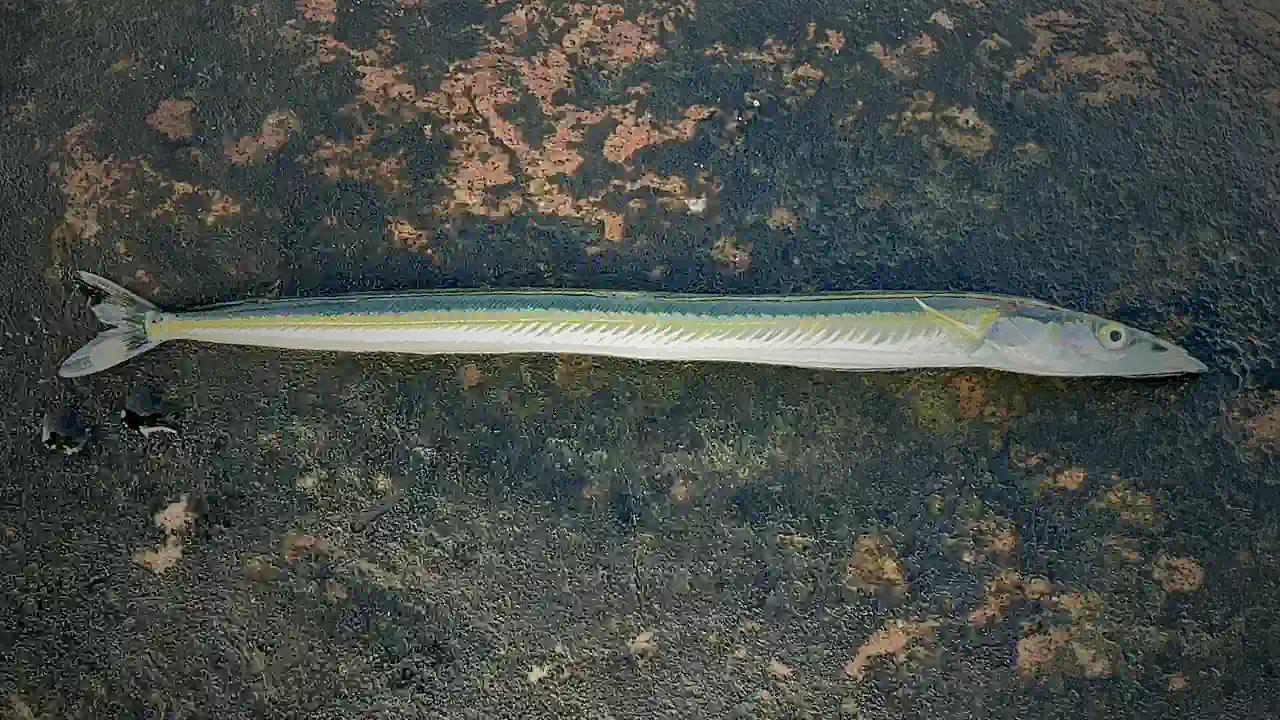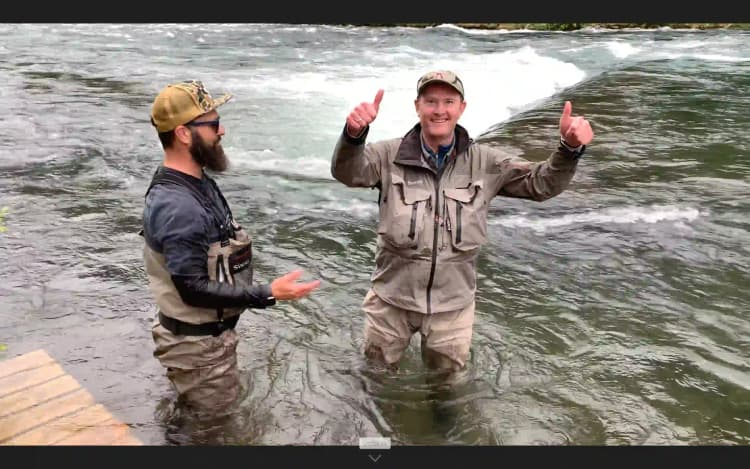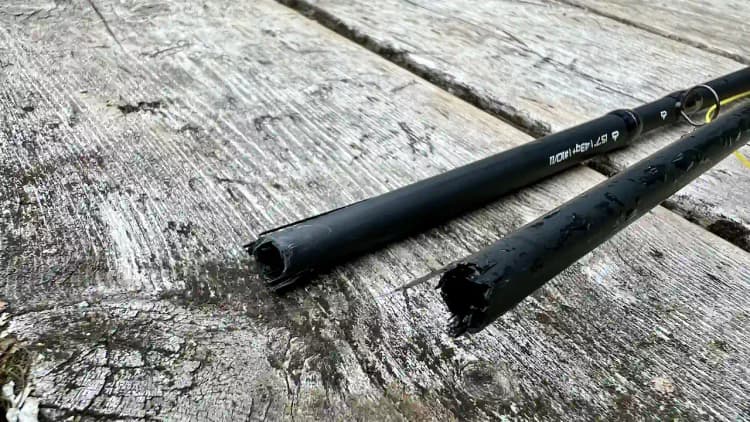Stories
1st August 2024
Common sand eel, Ammodytes tobianus
The common sand eel, a slender and vital inhabitant of our coastal waters.
Share this post

Morphology and identifying features
The common sand eel has a slender, cylindrical body, typically reaching 12–15 cm in length, its subterminal mouth positioned below the snout allows efficient feeding in the sand, the dorsal fin bears 39–46 soft rays distinguishing it from both the lesser sand eel, Ammodytes marinus, and the two Hyperoplus species, and along the lateral line runs a narrow golden stripe that glints silvery in backlight and serves as its visual hallmark
Distribution in the waters around Funen
In the South Funen archipelago, including Odense Fjord, Svendborg Sound, Helnæs Bay, around Langeland and Ærø, the common sand eel (link) is among the most widespread coastal fish, it prefers fine-grained sandy flats at depths of 1–15 m but under calm conditions has been recorded down to 30 m, most catch and survey data from Funen show dense schools on flat sandbanks free of seaweed or larger stones
Life cycle and reproduction
Sexual maturity is reached at 1–2 years of age, life span spans 3–5 years, the spawning period extends through winter from December to February, adult males and females migrate to deeper sandbanks and deposit eggs and sperm into the top sand layer, the eggs remain protected until hatching begins in March–April, larvae drift into nearshore plankton zones where they metamorphose into juveniles, after 2–4 weeks they descend to the seabed and begin the same life cycle as adults
Feeding habits and ecological significance
As a zooplanktivore the common sand eel feeds mainly on small crustaceans, including amphipods, harpacticoid copepods and larvae of benthic invertebrates, this diet ensures stable energy transfer from microscopic plankton communities to larger predators, in Funen’s coastal waters sand eels are one of the sea trout’s preferred prey and field studies in Odense Fjord show they can account for up to 60 % of sea trout diet during the fishing season, their high availability and nutritional value make them central to maintaining sea trout populations and benefiting both ecological balance and recreational fishing
Behavior and daily rhythm
Sand eels display a distinct daily cycle tied to light conditions and food availability, at dawn they burrow upward from the sand to forage in the upper sediment where plankton concentrations are highest, at midday some schools may move to deeper water to reduce predation risk, at sunset they re-bury themselves in the sand and remain inactive all night, this behavior protects against nocturnal predators and optimizes energy conservation
Seasonal activity variations
During the summer months (June–August) the common sand eel experiences its greatest growth and activity due to warm water temperatures and abundant food, in autumn (September–November) adults begin migrating toward winter spawning grounds accompanied by reduced daily feeding, in winter (December–February) feeding intervals lengthen and energy consumption is minimized while reproduction takes precedence, in spring (March–May) eggs hatch and larvae drift toward the coast before quickly adopting a bottom-dwelling lifestyle
Threats and conservation measures
Sand eel populations in Funen waters face multiple pressures, coastal development and sand extraction can alter or destroy key sandbanks, eutrophication and increased sedimentation reduce water quality, climate change shifts plankton communities and may limit food availability, monitoring of populations and habitats, protection of primary spawning areas and regulated sand extraction are recommended to ensure long-term viability, local citizen science projects on Funen also contribute valuable data to support conservation efforts
Conclusion
The common sand eel, Ammodytes tobianus, is a keystone species in the South Funen archipelago, its morphology, life cycle and behavior are closely adapted to sandy seabeds, its role as one of sea trout’s preferred prey underlines its importance for both ecosystem health and recreational fishing, management efforts that protect its habitats and ensure steady food availability are essential to preserve this species in Danish waters
Back to Blog

